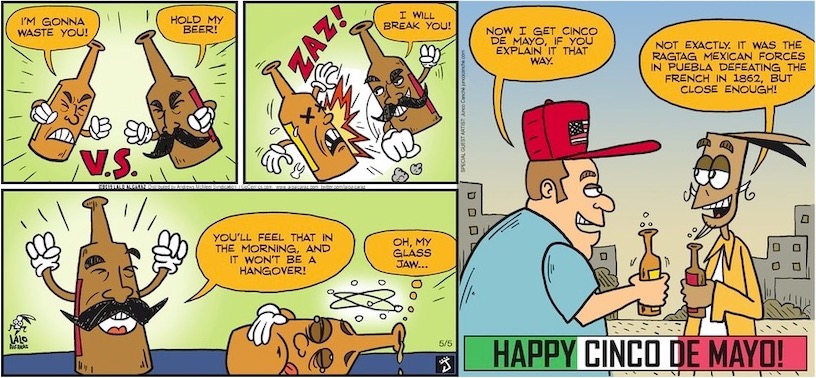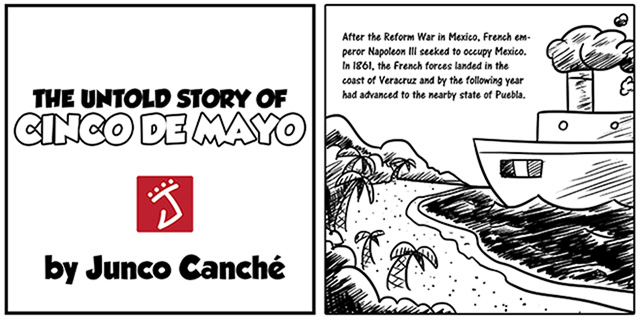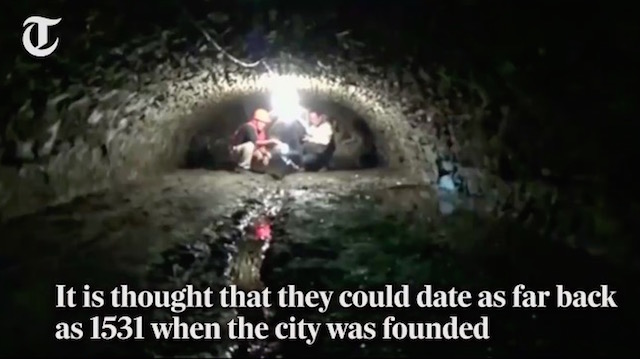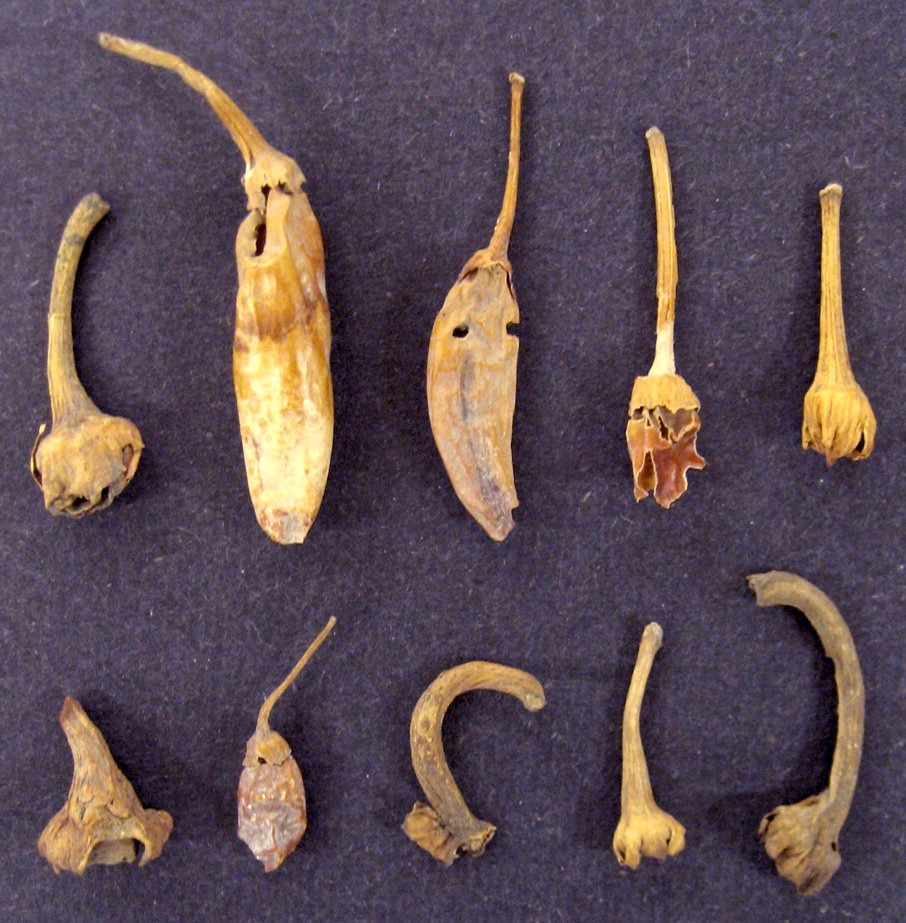puebla
In San Pablito, Puebla, they still make paper the old-fashioned way – from bark (video)
In San Pablito, a small village in Puebla, in southeast Mexico, the centuries-old tradition of amate paper — paper made from bark — is an important part of the local economy. It also used to part of the resistance to Spanish colonial rule.
Mas…In San Pablito, Puebla, they still make paper the old-fashioned way – from bark (video)
Feliz Frijol Friday: ¡Fuerza México! #FFF (toon)
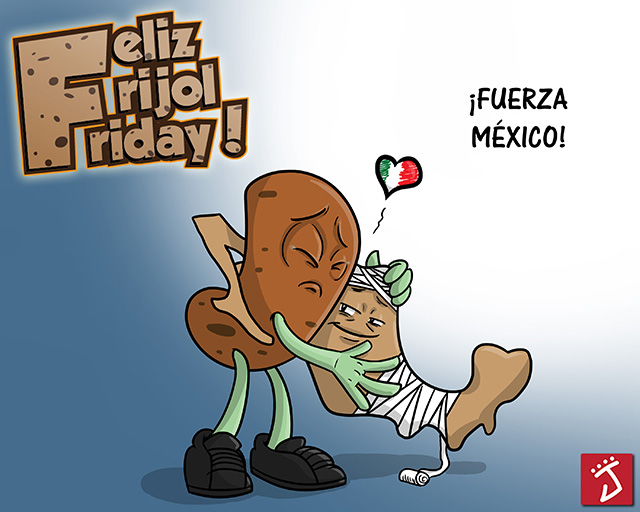
Want to help? Famed DF rescue brigade TOPOS needs your dinero donation.
Tunnels from 1531 discovered under streets of Puebla, Mexico (video)
There ARE massive tunnels underneath the streets of Puebla, one of the first major cities of Spanish-era Mexico.
“…authorities have now confirmed their existence, and say the secret passageways could date back 500 years. The city hopes to turn the tunnels into an attraction.
The underground passages, which measure approximately seven meters high and three meters wide, were discovered during public works in the colonial city.
Mas…Tunnels from 1531 discovered under streets of Puebla, Mexico (video)
‘Mom, where do chiles come from?’ ‘From Oaxaca, mija!’
Chile peppers were first domesticated in the area now known as Oaxaca, in eastern Mexico, about 8000 years ago, according to scientists.
Central-east Mexico gave birth to the domesticated chili pepper — now the world’s most widely grown spice crop — reports an international team of researchers, led by a plant scientist at the University of California, Davis.
Results from the four-pronged investigation — based on linguistic and ecological evidence as well as the more traditional archaeological and genetic data — suggest a regional, rather than a geographically specific, birthplace for the domesticated chili pepper.

